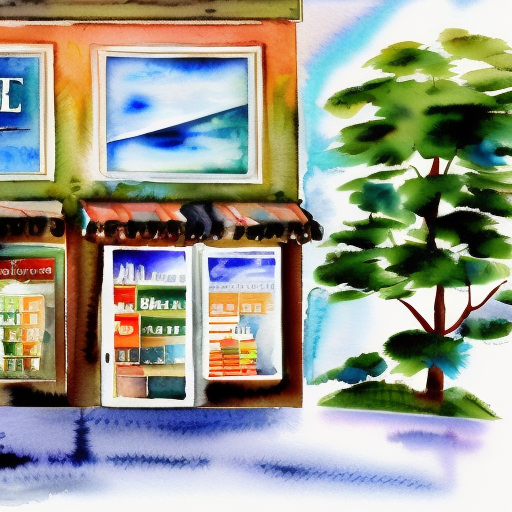Top Payment & eCommerce Trends in Kenya
Kenya has the blueprint to make significant strides in the global eCommerce market. The country’s adoption of a national digital economy strategy has...

Recently, one particular business model has risen to prominence. It has gained widespread acclaim for its flexibility, scalability, and profitability around the world. This model is known as the two-sided marketplace. It is revolutionizing work and global business landscapes.
A two-sided marketplace is a platform that brings together two distinct but interdependent groups of users. It operates as a facilitator, linking buyers (the demand side) and sellers (the supply side) in one shared ecosystem. You’re already intimately familiar with these, but you may not have stopped to think about them, how they operate or why they are repeatedly emulated.
Some of the most well-known two-sided marketplaces include Uber, Airbnb, Etsy, and – going way back to one of the originators of this eCommerce model – eBay.
These platforms do not create their own products or services. They do not hold inventory. Instead, they connect those who have something to sell with those who want to buy it.
In the age of connectivity, the internet and smartphones have enabled two-sided marketplaces to spread across the globe. They capitalize on the increasing digitalization of commerce and communication and bring goods and services to everyone, everywhere.
There are compelling reasons for this surge in popularity.
Here are five reasons why the two-sided marketplace business model aligns perfectly with rapidly evolving global preferences:
If you're considering whether your company should step into the two-sided marketplace sector, here are a few points to ponder:
Two-sided marketplaces present a unique and potent business model for today's dynamic and interconnected world.
Embracing this model requires vision, strategic planning, a firm commitment to creating value for all users, and the ability to select and nurture valuable partnerships.
It’s not easy, but those who navigate the efforts and investments successfully, realize transformative rewards.

Kenya has the blueprint to make significant strides in the global eCommerce market. The country’s adoption of a national digital economy strategy has...

China’s eCommerce market is one of the most dynamic and rapidly growing sectors in the country’s economy. China is the world’s largest eCommerce...

The world of international eCommerce is never dull, and it's not without its challenges either. Now more than ever, businesses must find ways to keep...